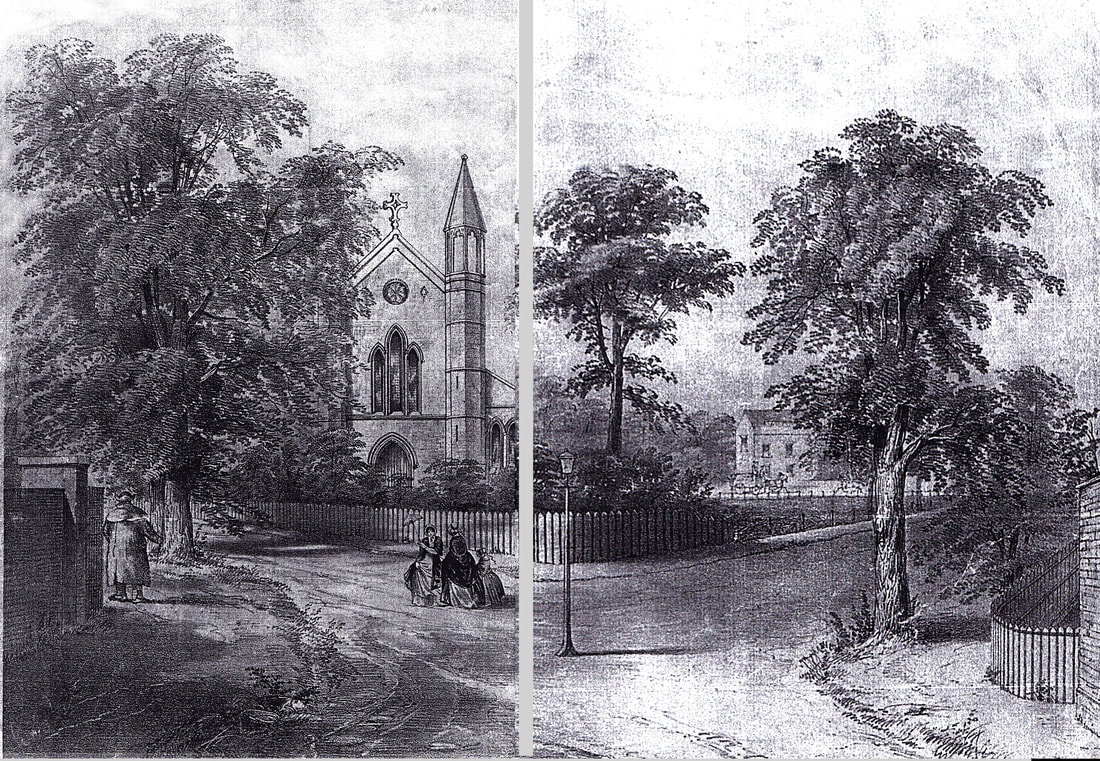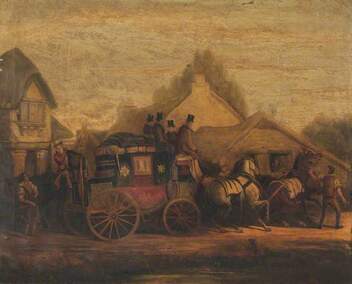The spacious open area, called Tottenham Green is situated upon a rising ground, a short distance south of the High Cross, a little beyond the fourth mile-stone : it contains about four acres of ground, is skirted by several good residences, and is considered to be one of the most eligible parts of the parish on account of its contiguity to the metropolis; at the farthest extremity from which, towards the north-east comer, stands the Chapel-of-ease to the Mother Church, called Trinity Chapel.
From: The History and Antiquities of the Parish of Tottenham, in the County of Middlesex. William Robinson, 1840
Tottenham Green was the location of Gadsdens, BG Windus's home from early childhood. His neighbours on Tottenham Green included Priscilla Wakefield, the Quaker philanthropist, writer and feminist economist and Luke Howard, the Quaker chemist, meteorologist and 'Namer of Clouds' who lived on Tottenham Green from 1813 - 1828. The locations of their respective houses can be seen in the header.
Other well known individuals who also had connections with BG Windus or Tottenham were John Constable (introduced to the RA by Priscilla Wakefield) who taught drawing to the family of William Hobson and Rowland Hill, the Post Office reformer and teacher, who was headmaster of the nearby Bruce Castle school.
Tottenham: convenient for the city and the country
|
Tottenham is situated on the Roman Road – Ermine Street - and it has always been an important route from London to the North and East of England. There were a number of coaching inns on the High Road including the Swan, the Red Lion and the Ship from which coaches ran throughout the day in 1832-1834. After 1839 omnibuses drove to the City and Oxford Street with the last coach leaving London at 10.20pm.
According to Albert Hill in 72 years in Tottenham - five mail coaches a day used to travel to Cambridge, Louth, Lincoln, York and Edinburgh leaving St Martin's Le Grand in the City at 8pm and passing the Lancasterian Girls school (then the Marlborough Mission) at 8.35pm. |


